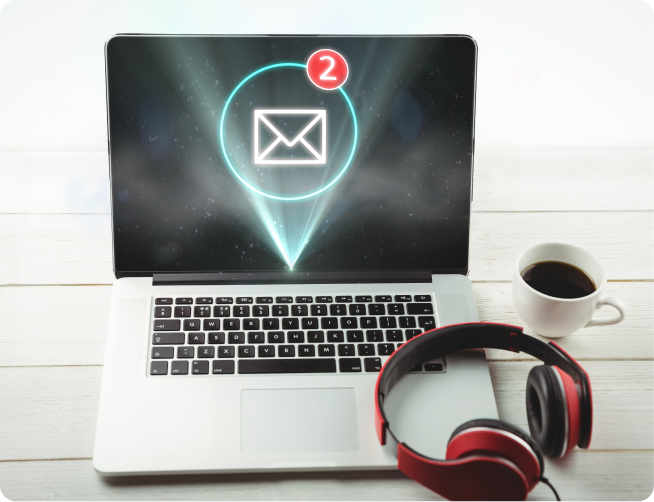3 experiments to improve your performance and KPIs.

What are experiments and feedback loops?
Experiments and feedback loops are methods of learning and adapting based on data and feedback. An experiment is a structured way of testing a specific idea or assumption, such as a new feature, a pricing change, or a marketing campaign. A feedback loop is a process of collecting, analyzing, and acting on the results of the experiment, as well as the feedback from your customers, users, or stakeholders. By running experiments and feedback loops, you can validate or invalidate your assumptions, learn what works and what doesn't, and make data-driven decisions.
How to design an experiment
To design an effective experiment, you need to follow a few steps. First, you need to define your goal and your hypothesis. What are you trying to achieve, and what do you expect to happen if you implement your idea? Second, you need to choose your metrics and KPIs. How will you measure the success or failure of your experiment? What are the key indicators that reflect your goal and hypothesis? Third, you need to decide on your sample size and duration. How many people or units will you test your idea on, and for how long? Fourth, you need to set up your experiment. How will you implement your idea, and how will you collect and track your data? Fifth, you need to run your experiment and monitor your results. How will you compare your results to your baseline or control group, and how will you ensure the validity and reliability of your data?
How to create a feedback loop
To create an effective feedback loop, you need to follow a few steps. First, you need to collect feedback from your customers, users, or stakeholders. How will you ask for, receive, and store their feedback? What channels and tools will you use? Second, you need to analyze feedback and data. How will you sort, categorize, and prioritize the feedback and data you collected? What patterns and insights will you look for? Third, you need to act on feedback and data. How will you implement the changes or improvements suggested by the feedback and data? What resources and timelines will you allocate? Fourth, you need to communicate feedback and data. How will you inform your customers, users, or stakeholders about the actions you took based on their feedback and data? How will you thank them and encourage them to keep providing feedback?
How to combine experiments and feedback loops
To combine experiments and feedback loops, you need to align them with your overall strategy and vision. You need to have a clear understanding of your value proposition, your target market, your competitive advantage, and your growth model. You also need to have a framework or a system that allows you to run experiments and feedback loops in a consistent and scalable way. For example, you can use the Lean Startup method, which consists of three steps: build, measure, and learn. You can also use tools and platforms that help you design, run, and analyze experiments and feedback loops, such as Google Optimize, Optimizely, Hotjar, SurveyMonkey, or UserTesting.
How to benefit from experiments and feedback loops
By using experiments and feedback loops, you can benefit from several advantages. You can reduce uncertainty and risk, by testing your ideas before investing too much time, money, or resources. You can increase customer satisfaction and loyalty, by listening to their needs, wants, and preferences, and delivering value accordingly. You can improve your product or service quality and performance, by identifying and fixing problems, bugs, or errors, and adding or removing features or functionalities. You can optimize your marketing and sales efforts, by finding and reaching your ideal customers, and converting them into paying customers. You can also foster a culture of learning and innovation, by encouraging your team to experiment, learn, and iterate.


